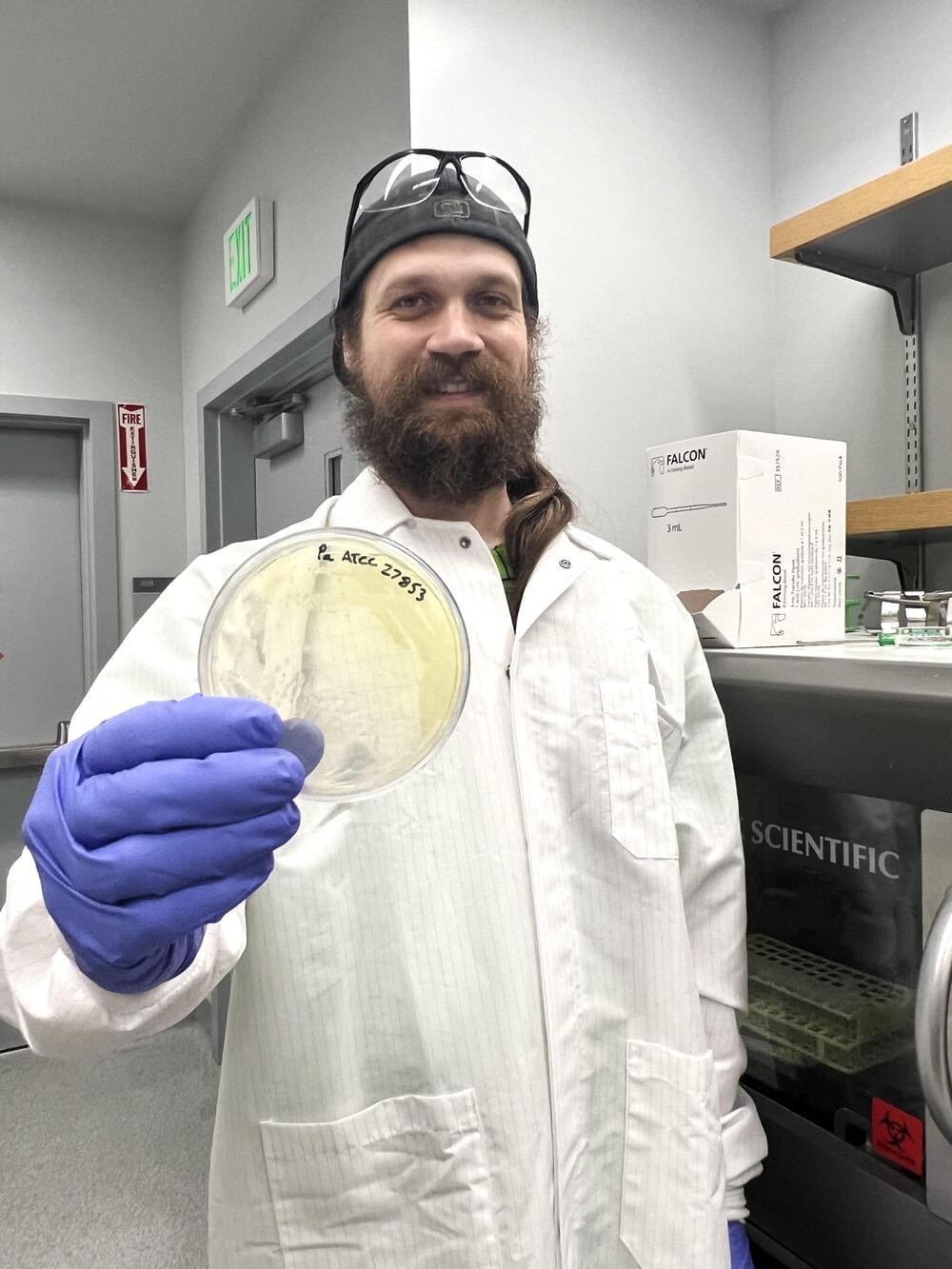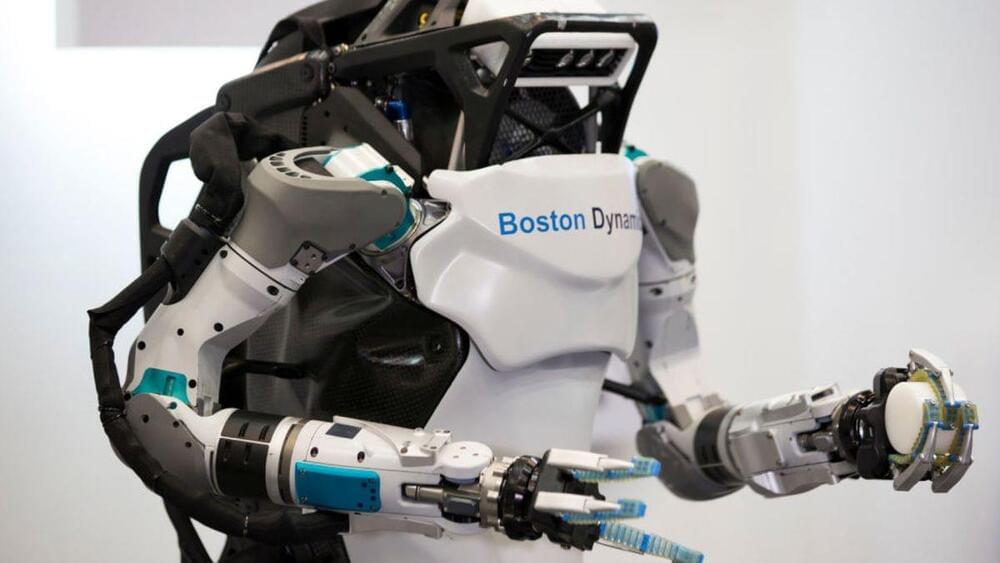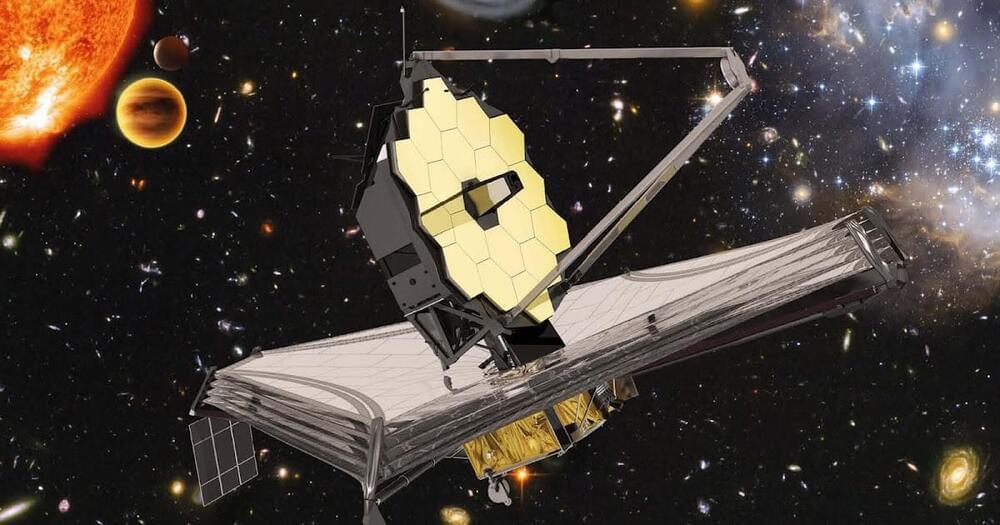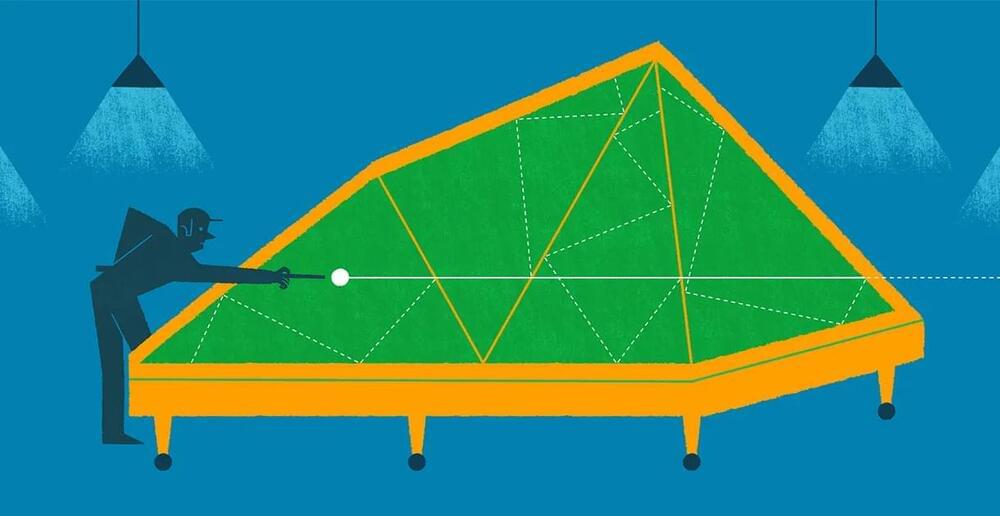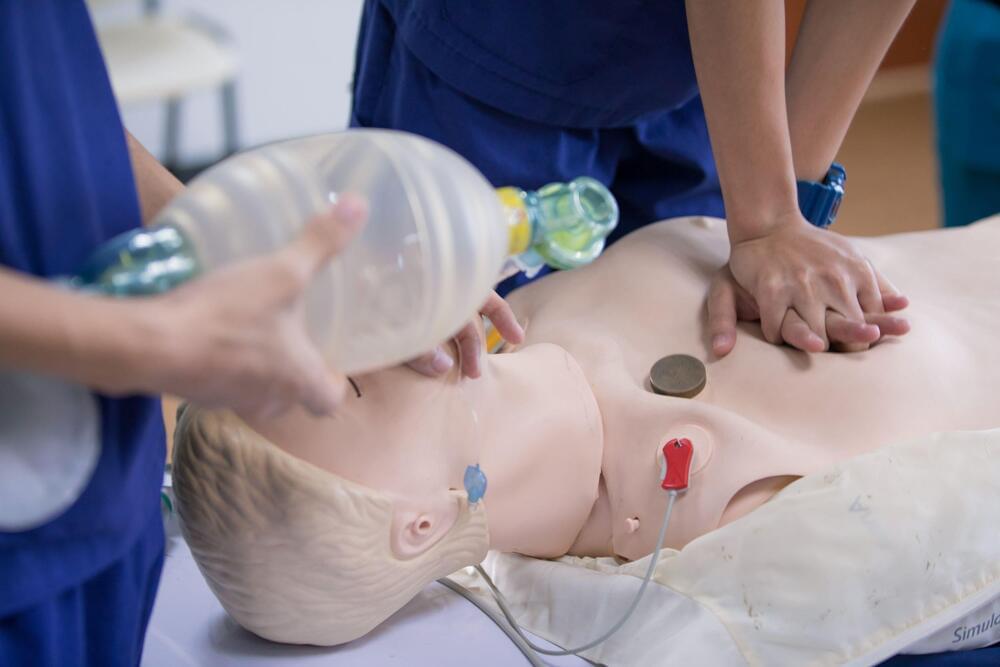2024 is shaping up to be the “Year of AI” for Apple, with big updates planned for iOS 18 and more. The rumors – and Tim Cook himself – make it clear that there are new AI features for Apple’s platforms in the works. Here’s everything we know about the ways Apple is exploring AI features…
About a decade ago, researchers in UC Santa Barbara chemistry professor Guillermo Bazan’s lab began to observe a recurring challenge in their research: Some of the compounds they were developing to harness energy from bacteria were instead killing the microbes. Not good if the objective of the project was to harness the metabolism of living bacteria to produce electricity.
“We needed the bacteria to be alive,” said Alex Moreland, a Cystic Fibrosis Foundation Postdoctoral Fellow who joined the Bazan research group as a graduate student in 2014, and currently works at UCSB’s Center for Polymers and Organic Solids. “While we were developing new molecules for that application, we found that some of them didn’t work because they were killing the bacteria.”
However, instead of brushing it off as a rather annoying laboratory curiosity, in subsequent research the team leaned into the apparent antimicrobial properties of these compounds, called conjugated oligoelectrolytes (COE). Fast-forward to today, and they now have the basis for a new class of antibiotics, one that not only shows promise against a broad array of bacterial infections but can also evade the dreaded resistance that has been rendering our current generation of first-line antibiotics ineffective.
Boston Dynamics’ flagship Atlas humanoid robot picks up and places heavy automotive struts with ease in new footage.
In this latest demonstration of Atlas’ capabilities, the robot uses only its on-board sensors to detect the objects before using its grippers to pick up the struts from storage and insert them into a nearby flow cart. The footage also gives us a glimpse of the action from Atlas’ perspective.
Uh oh.
As The Independent reports, ChatGPT users have spent the last 24 hours or so flocking to social media to share screenshots and anecdotes of bizarre interactions with the OpenAI chatbot — which, well, appears to be losing its mind.
Screenshots show the AI’s responses to seemingly normal queries devolving into total gibberish, or simply generating way too much content. In one case highlighted by the Independent, a Redditor shared that the AI — when asked a question about coding, mind you — provided a garrulous and mostly illogical answer that included the statement: “let’s keep the line as if AI in the room.”
When spectacular cosmic events such as galaxy collisions occur, it sets off a reaction to form new stars, and possibly new planets that otherwise would not have formed. The gravitational pull that forces the collisions between these galaxies creates tidal tails—the long thin region of stars and interstellar gas.
The Hubble Space Telescope’s vision is so sharp that it can see clusters of newborn stars strung along these tidal tails. They form when knots of gas gravitationally collapse to create about 1 million newborn stars per cluster.
Specifically, NASA’s Hubble Space Telescope has homed in on 12 interacting galaxies that have long, tadpole-like tidal tails of gas, dust and a plethora of stars. Hubble’s exquisite sharpness and sensitivity to ultraviolet light have uncovered 425 clusters of newborn stars along these tails, looking like strings of holiday lights.
NASA’s James Webb Space Telescope may soon dismiss the Big Bang theory. Let’s dive into this.
Physicist Eric J. Lerner comes to the point:
An abundant type of hot ocean exoplanet, despite being decidedly un-Earth-like, could have the right stuff for hosting microbial life.
The surprisingly subtle geometry of a familiar game shows how quickly math gets complicated.
Artificial intelligence could bring about “biological conflict,” said former Google chief executive Eric Schmidt, who co-chaired the National Security Commission on Artificial Intelligence.
Schmidt spoke with defense reporters Sept. 12 as he helped release a new paper from his tech-oriented nonprofit think tank, the Special Competitive Studies Project. Schmidt launched the think tank with staff from the commission in order to continue the commission’s work.
AI’s applicability to biological warfare is “something which we don’t talk about very much,” Schmidt said, but it poses grave risks. “It’s going to be possible for bad actors to take the large databases of how biology works and use it to generate things which hurt human beings,” Schmidt said, calling that risk “a very near-term concern.”
According to a study published in the BMJ, a person’s chance of surviving cardiac arrest while receiving cardiopulmonary resuscitation (CPR) in a hospital is 22%, but that declines rapidly after only one minute to less than 1% after 39 minutes. The likelihood of leaving with no major brain damage is similar, declining from 15% after one minute of CPR to less than 1% after 32 minutes without a heartbeat.
Only around 25% of patients survive to hospital discharge after being admitted to the emergency department for cardiac arrest. This common catastrophic medical emergency with a high mortality rate is an important public health issue, affecting around 300,000 adults every year in America alone. Unfortunately, studies have shown that long resuscitation times are linked to lower odds of survival, but there are no specific recommendations on when to stop resuscitation.
This study was designed to measure the effects of CPR duration, using the largest cardiac dataset in the world, utilizing data from 348,996 adults with an average age of 67 years old who experienced an in-hospital cardiac arrest. CPR was defined as the interval between the start of compression and the first return of spontaneous circulation (ROSC) or the termination of resuscitation. The main measures of interest were survival to discharge and favorable function at discharge, defined as a brain performance score of 1 representing good cerebral performance, and 2 representing moderate cerebral disability on a 5-point scale.

